
 Data Structure
Data Structure Networking
Networking RDBMS
RDBMS Operating System
Operating System Java
Java MS Excel
MS Excel iOS
iOS HTML
HTML CSS
CSS Android
Android Python
Python C Programming
C Programming C++
C++ C#
C# MongoDB
MongoDB MySQL
MySQL Javascript
Javascript PHP
PHP
- Selected Reading
- UPSC IAS Exams Notes
- Developer's Best Practices
- Questions and Answers
- Effective Resume Writing
- HR Interview Questions
- Computer Glossary
- Who is Who
Data Architecture Design & Data Management
Data architecture design consists of standards that have certain rules, policies, and data types to be collected, from where the data is collected, storage of data, arrangement of data, and then using that data for further analysis. Data plays a vital role in the successful execution of business strategy.
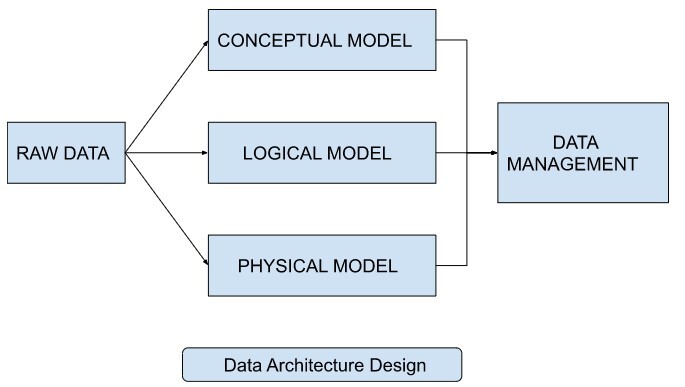
Data architecture design
It helps us to show how users view the data in the database. It describes the type of data structures used to manage data and make the processing easy. the concept of dbms depends on its architecture. It is divided into three models i.e. conceptual model, logical model and physical model.
Conceptual model
It is a model in which table entities and their attributes are related with the help of ERmodel(Entity Relationship model). it also tells us what data is stored into the database along with the security and integrity information.
Example
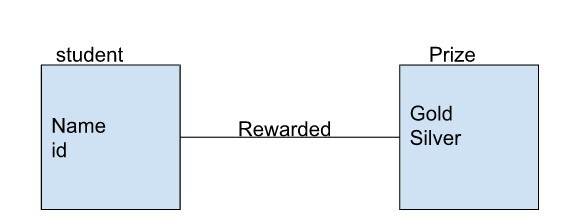
Student and prize are two entities provided by their attributes.
Rewarded is the relationship between the entities
Logical Model
It is used to define problems in the form of logic. It adds more detail to the conceptual model i.e. presence of attributes for each entity, the presence of key and non-key attributes, and primary key-foreign key relationships are clearly defined.
Example
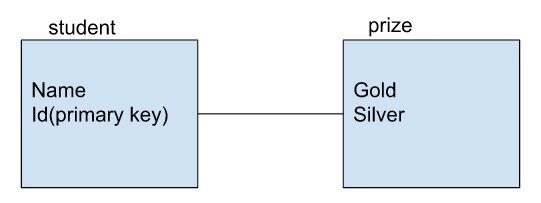
Physical Model
While creating a physical model, we should be referring to entities and attributes as tables and columns respectively. Specific datatypes must be there to tell the type of data to be entered. More effort than logical model is needed if any changes occur.
Example
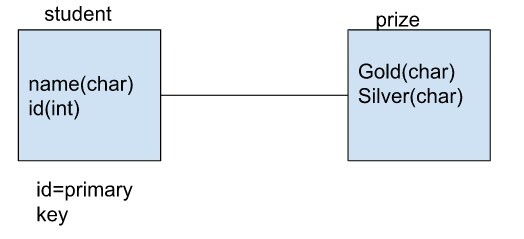
Data management
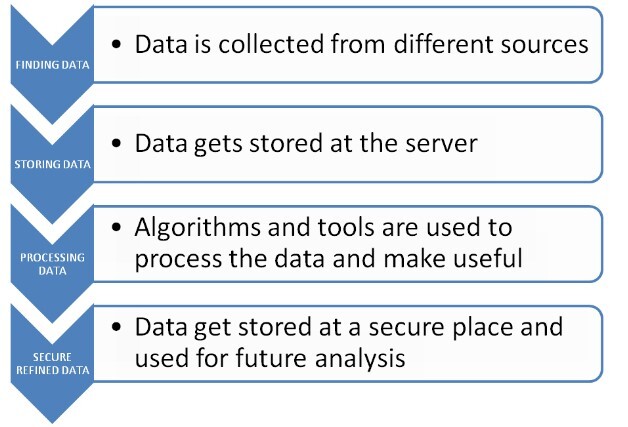
It is the way of managing the data by performing tasks like finding data, storing data, processing data, and then making the data secure.
It is an important aspect for every organization as it helps the growth of the industry by helping in making efficient decisions. data management is proportional to better productivity in business.
One of the motives is to make the data safe and secure optimally.
Healthy data management leads to easily making changes in data by creating, updating, deleting, and accessing.
A large amount of data is already present so to manage that we need tools and technologies like Tableau, Hadoop, Power BI, etc. which help in analyzing the data and making improvements.
Data management is mainly performed by database analysts and data architects.
Conclusion
In this article, we have discussed first the data architecture in which three models are present. The first one is conceptual in which relations in data take place helped by ERmodel. The second is logical which adds more details to the first one like the presence of the attribute, key, and primary-foreign key. Third is physical which tends to the type of database. The second part is data management in which we discussed how the data is managed at a large scale with the help of tools used by data analysts.

